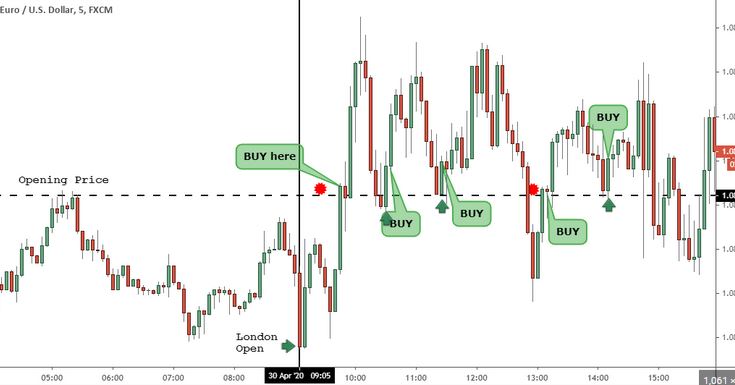In most cases, traders only have an understanding of non-directional trading and directional trading. Trading in directional markets (stocks, bonds, commodities, currencies, or cryptocurrencies) is probably one of the most popular strategies for buying and selling securities. You must bet up or down on the market’s direction if you use directional trading strategies.
The alternative to directional trading is non-directional trading, which doesn’t require predicting market direction. An option’s expiration time and the level of volatility determine non-directional trading.
As part of non-directional trading, options contracts are used primarily (straddle options strategy, for example), but pairings trading is also possible when the market is range-bound.

Unidirectional trading is the third method. Using the unidirectional trading model makes sense if you want to gain an edge in trading without focusing on complicated trading methods.
This article will outline some advantages of unidirectional trading and explain how it works.
What is Unidirectional trading?
Unidirectional trading involves investing in currency exchange in a single direction, either buying or selling. Its main purpose is to get you to focus on just one side of the market.
Why use Unidirectional intraday trading?
Unidirectional trading has the advantage of filtering out bad trades first and foremost. Trading can be quite stressful when you buy assets from one sector and then sell them from another. Everyone wants a competitive edge, but buying assets from different sectors can be stressful.
In the grand scheme, the market moves up and down all the time, but there is a major trend or directional bias. The real challenge traders face trying to capture both price swings up and down, which can be extremely costly.
Traders should stick to one side of the market and take advantage of the trend in that direction. Understanding the formula for direction indicators can help you achieve this.
A unidirectional trading strategy also has three major advantages:
- A trading strategy that is easy to implement.
- Market focus is an effective way to stay on top of your game.
- Emotional control is improved.
How does a Unidirectional intraday work?
Let’s examine the typical price behavior of unidirectional traders to understand better how it works:
Do you notice the price frequently revisits the same level in intraday trading?
A protective stop-loss strategy is in place, but your stop-loss triggers after you select an appropriate level to buy. A bearish trend is now “signaled” by the market going lower.
The market turns against your positions again, so you place your protective loss again, but the market turns against you again, and your stop loss gets triggered.
As the market takes you out, the price continues to move in the same direction as your first trade after the price goes beyond the level you initially bought. However, you’re left bleeding and mentally exhausted after the incident.
It is not shameful to admit to having gone through one of these trade situations. Most traders, at some point, have made this type of mistake.

Bottom line
The moral of this story is that your first trade idea would have been successful if a wider stop loss had been more appropriate. You could also re-enter another long position at a better price than the previous one. The rules of your trading methodology tell you when to buy or sell; you don’t just buy randomly. You may incur big losses by using a wider stop loss. Alternatively, you can trade in only one direction using the unidirectional intraday strategy.


